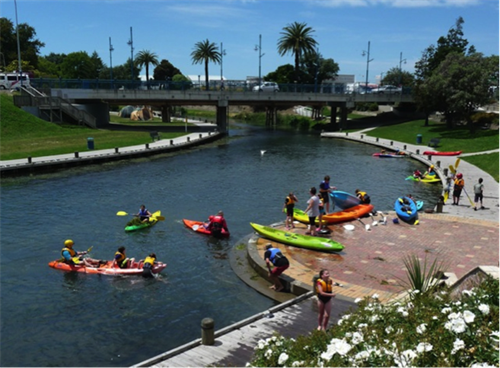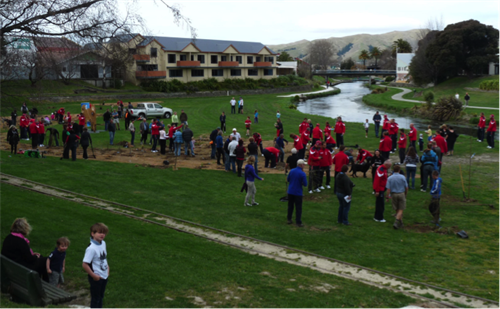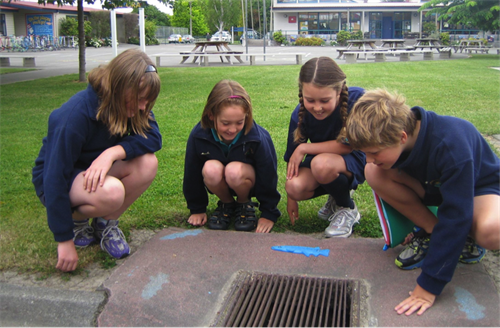The Taylor River in Blenheim is many things to many people. To the Rivers Department at the Marlborough District Council it is a floodway that needs a clear run when heavy rain falls. To the Recreation and Reserves Department it is a central and accessible expanse of riverside space that locals and visitors are keen to use and enjoy.
To the Environmental Science Department it is the home for native fish and invertebrates and part of the freshwater network with issues that need monitoring and improving. And to the community it is a much enjoyed place to walk the dog, cycle to school, go for a run, ride a mobility scooter, paddle a kayak or explore for a school project.

The aim of the Taylor River Project is to work together to balance all of these competing demands while looking after the water in the river and the land beside it. The Taylor River runs for 9km through the heart of Blenheim before joining the Opawa River and heading out to sea off the east coast of Marlborough.
Run-off from rural and urban areas means it is currently graded as Very Poor for recreational activities in the centre of town. This has led to a concerted effort by the Marlborough District Council to monitor and improve the water quality.
Since 2012, water samples have been regularly taken from 55 sites along the Taylor and its main tributaries to test for a range of physical, biological and chemical parameters. Faecal-source tracking has identified animal, wildfowl and human discharges (the latter were traced back to crossed sewage and stormwater pipes which could then be fixed).
Back on land the Marlborough Landscape Group, a volunteer advisory group to Council, acts as a link with the community to encourage plantings for the Taylor River Project. These include riparian panels to help protect the river margins and “Tui to Town” plantings to develop habitat to attract native birds. Work has also started on an arboretum along the riverside as a walking route through specimen trees from around the world.

Planning for these projects involves good communication and co-operation with the Rivers engineers who now acknowledge that the floodway is used for a small percentage of the time, and for the rest of the year the public wants to have a recreational area with trees and paths and bridges. The engineers in turn have raised awareness among Reserves staff that flood control must remain the top priority in any beautification plans.
This growing respect and understanding between Council departments is a significant achievement of the Taylor River Project, helped by the MDC being a unitary council with the regional and territorial functions together under one roof.
The other significant achievement has been the connection with the community. Pride in and caring for the river is reinforced by community groups and schools adopting sections of the Taylor for planting and beautifying.
The Council’s Waikorero education programme has integrated the Taylor River into school field trips, allowing children to discover the importance of clean waterways. Springlands School launched the Fish on Drains project (a blue plastic fish attached to stormwater grates) to raise awareness about keeping paint, oil and chemicals out of the waterways.

This was a simple initiative that has rippled out to other schools and is a great example of making people think about what’s going into their river and that their actions do matter.
